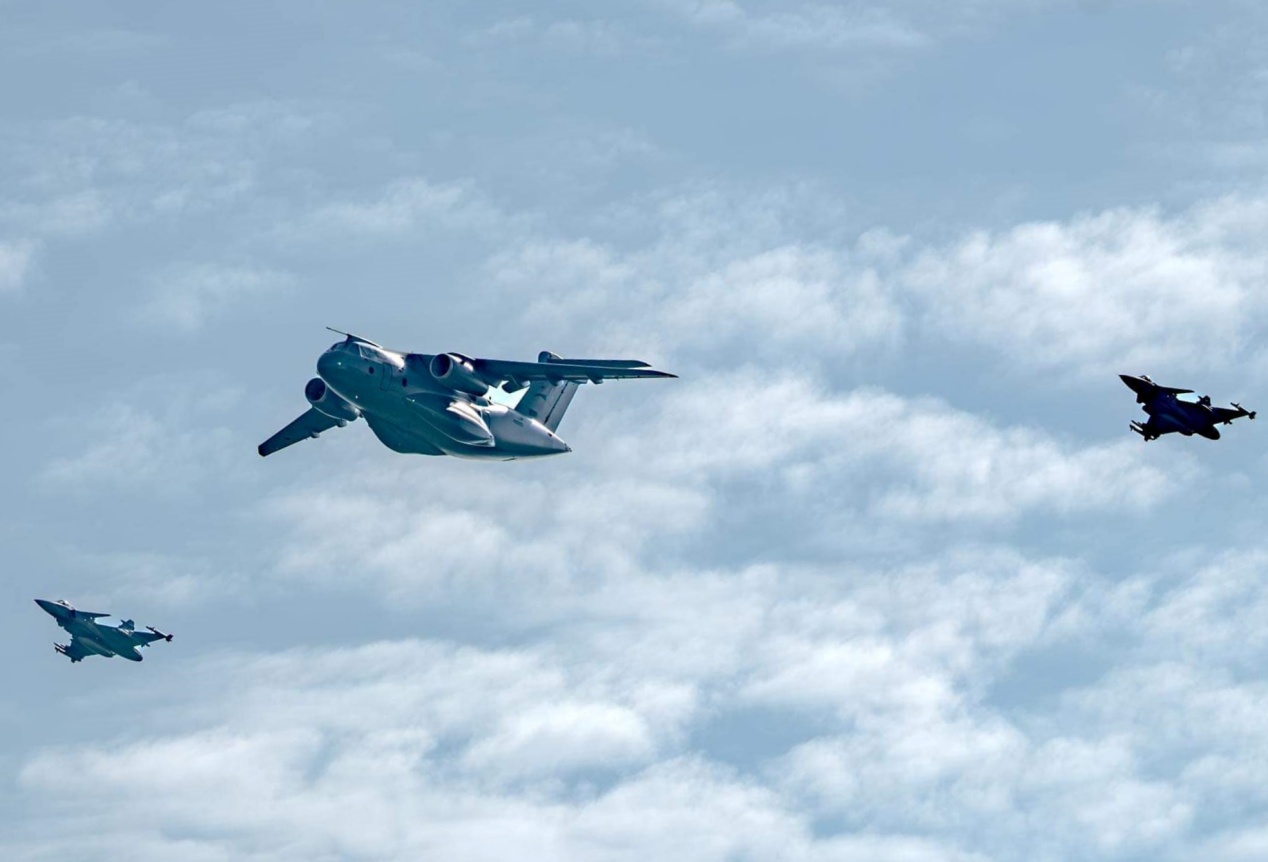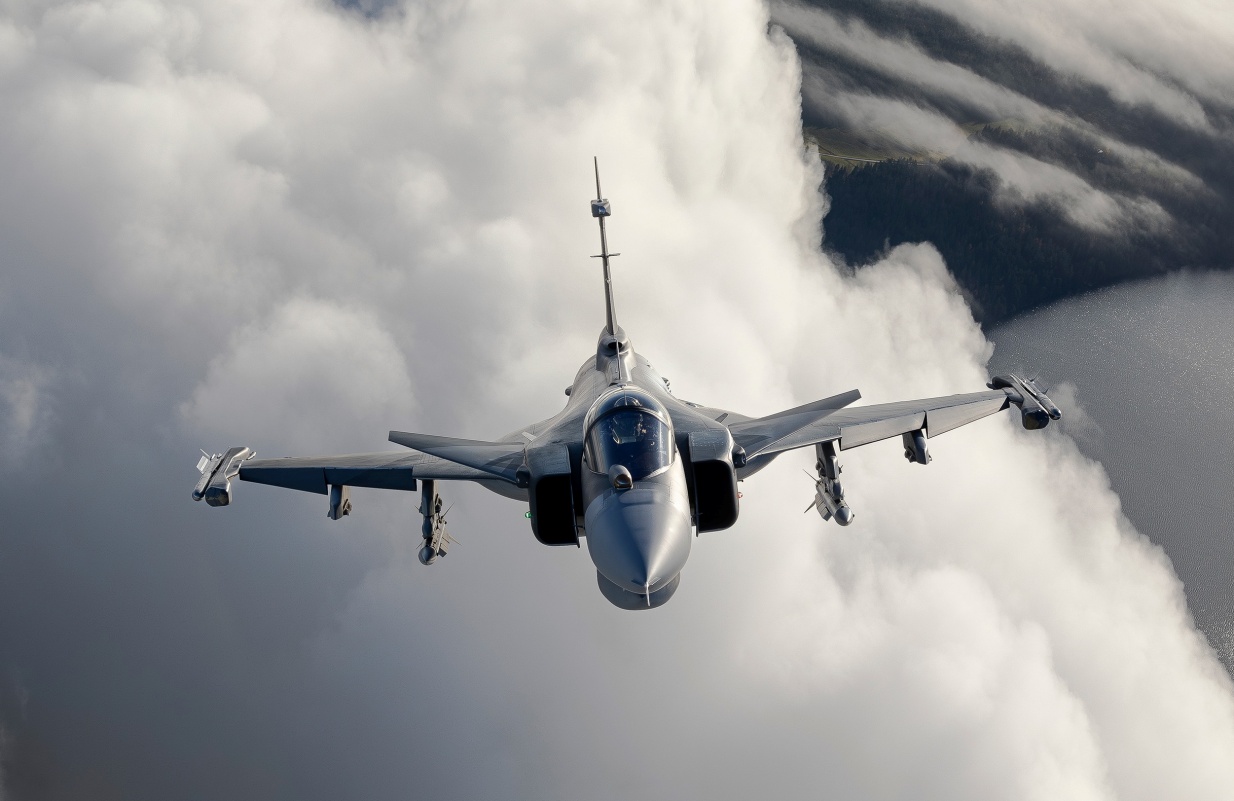
The current phase of testing involves the installation and validation of specialized NATO communication equipment.Continue reading

As the defense news portal Janes has reported in a recent article, there are ongoing negotiations about a possible acquisition of the Swedish manufacturer Saab’s new generation fighter jets by the Hungarian Air Force.
Hungary currently operates a fleet of 14 Gripen C/D aircraft; in addition, four more are on order that would bring the fleet to a final 18. However, the Gripen C/D are now considered a capable, yet older generation aircraft that require an increasing amount of servicing and technological upgrades. The solution for countries operating older generation Gripens is on the horizon though, as Saab’s new Gripen E/F models are nearing their operational capabilities.
Human Machine Collaboration – a powerful new way of thinking to deliver air dominance with the Gripen fighter. Watch the full video here: https://t.co/hgcnSwvGJ8 pic.twitter.com/5VnUtDjaIA
— Saab (@Saab) May 17, 2024
According to Janes, Åsa Thegström, vice-president and deputy head of Aeronautics at Saab, spoke to journalists at Saab’s Linköping center, and mentioned that one of their current customers has shown interest towards the newer generation aircraft. “We are having interesting discussions with Hungary regarding the Gripen E.” Another Saab official, Richard Smith, has reportedly added that the Hungarian Air Force is considering the construction of a second operational fighter jet squadron, in addition to the existing one. A NATO air force squadron usually consists of 10 to 24 aircraft.
How does Gripen E dominate the Electronic Warfare battle? Here’s a quick course. pic.twitter.com/DobnpbeiI2
— Saab (@Saab) April 23, 2024
The older C and the new E Gripen models might have a similar appearance to the casual observer, but the E/F variants are a true generational leap in terms of capabilities and performance. Improved radar, longer range, more payload, smaller radar cross-section, and modern connectivity are some of the improvements that the new variant brings. On the downside, Gripens have no stealth capabilities, something that they are trying to counter-balance with modern electronic warfare systems. Furthermore, the E and two-seater F models still have a number of maturing issues to be worked out, and international sales are somewhat lagging. To date, only Sweden and Brazil have decided to acquire the newest E model, while another Visegrad 4 country, Czechia, has opted to replace their aging Gripen C/D fleet with U.S.-made F-35s.
In a recent NATO exercise, Swedish Gripens have reportedly been tried in a dogfight against the Danish Airforce’s F-35s, but as photos show, these were the older C models (wheels under the body instead of the wings). The result of these dogfights is unknown, yet within visual range, dogfights are unlikely in today’s aerial combat situations, as most fighter aircraft now rely on beyond visual range radars and weapons. In such conditions the F-35 would have an almost unmatched advantage.
For the first time as #NATO Allies, F-35 & JAS-39 Gripen fighter jets flew aerial combat training drills in and around airspace
1 versus 1 air combat training – F-35 vs JAS-39 – Who do you think won this friendly battle?
Read more: https://t.co/GEotQUuH4U#WeAreNATO pic.twitter.com/2ioZElEeYg
— NATO Air Command (@NATO_AIRCOM) March 15, 2024
Today, Saab’s Gripen’s are manufactured both in Brazil and Sweden. The Hungarian Air Force already has an order for two Brazilian manufactured aircraft, the Embraer KC-390 Millennium military transporter. However, there is currently no official confirmation of negotiations between the Hungarian Air Force and Saab regarding the acquisition of next-gen Gripens, hence reports of such plans should be taken with caution. Hungary is unlikely to follow the example of Czechia, another current Gripen user, in acquiring Lockheed-Martin F-35s, as relations with the U.S. administration are strained. The government in Budapest would be weary to enter negotiations concerning a major defense contract with the current White House that in the past four years had a number of political disputes with their Central European NATO ally.
Via Janes; Feratured Photo: X Saab